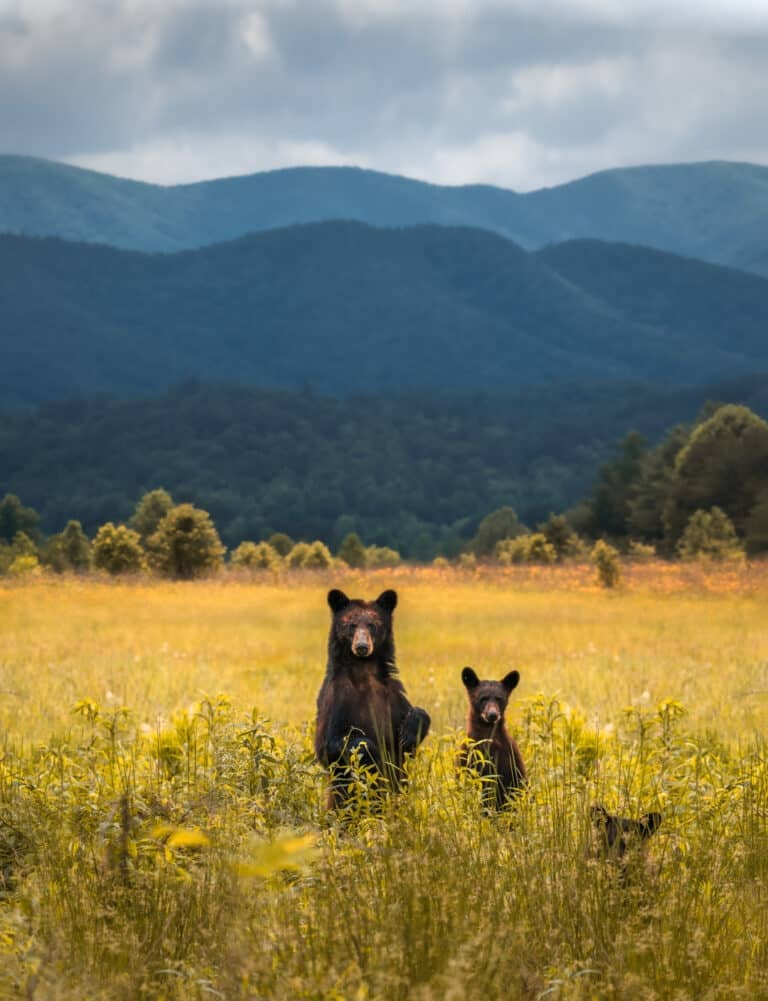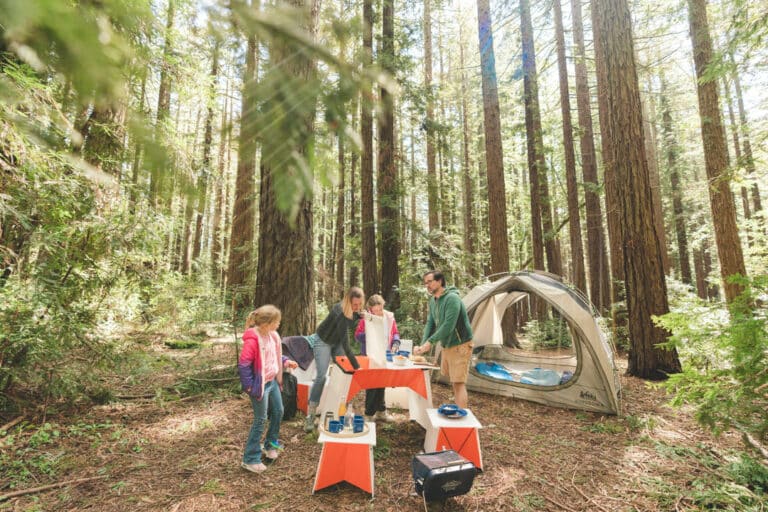Clues in the woods to historic crimes against nature, and the consequences today
There are no bodies, no police tape, no cluster of curious onlookers. Yet there is plenty of evidence of a historic ecological crime: the deforestation of the eastern United States and consequent massive loss of topsoil. It began slowly at Jamestown and culminated quickly just a century ago in the Appalachian Mountains. Archives document the destruction of virtually all of the vast original eastern forests. The woods remember, too.
County, WV. -C. Bolgiano
Old fences recall livestock. But were animals fenced in or out? European settlers brought the ancient tradition of access to forests regardless of ownership, for essentials like firewood, game, and forage. They found Appalachian woodlands far more productive than in Europe, and loosed livestock to eat chestnuts and acorns across the mountainsides. They set out salt blocks to keep the animals near home, recollected today by places named “Lick.” Often using rot-resistant American chestnut logs, farmers fenced livestock out of gardens and crops.
By 1900, county ordinances required farmers to fence livestock in. Barbed wire was patented in the 1870s, and by the 1920s was being nailed to living oaks as four billion American chestnut trees died from an imported fungus. Some oaks have ingested the wire, and chestnut rail fences still molder in remote places, reminders of the loss of this most productive tree for both humans and wildlife.
McVitty Tannery in VA. Courtesy of the
Bridgewater, VA Office of the U.S. Forest
Chestnut oaks – a different species — are common and often multiple-trunked in a ring of mature trunks leaning outward. A circle around the base of each trunk approximates the size of the mother trees, cut not for wood but for bark high in tannic acid. Leather was a necessity before plastic, and tanning depended on acid leached from bark. Chestnut oaks are particularly good at stump sprouting, and deer had been severely overhunted by the early 1900s, so the sprouts escaped browsing. By the time synthetic chemicals replaced it around the 1940s, bark was being harvested by the millions of tons annually. Naked logs were sometimes left in the woods to rot.
Washington National Forest. -C. Bolgiano
Less conspicuous than many-trunked trees are grey, lichen-spotted stumps, often embedded in moss, with the straight-edge cuts of a saw. Whittle off a chip and the fresh, piney scent is a whiff of Christmas. Yet these trees may have been harvested in the late 1860s, when Virginia’s Shenandoah Valley farmers favored shortleaf and other yellow pines to rebuild barns burned during the Civil War. Dr. James Finley, professor of forest history at Penn State University, assured me that, due to resin content, “Pine stumps can last a very long time.” They may be lasting longer than many barns. Shortleaf pines are less abundant now due to extensive harvesting, land clearing, and wildfire followed by fire suppression.
Flat, unmarked hearths in the woods where trees were smoldered into charcoal are difficult to find, but hundreds of iron furnaces fueled by charcoal still stand along seams of ore down the mountains. Iron making began by the mid-1700s. By the late 1800s, when coal replaced charcoal, hundreds of thousands of acres were being clearcut annually to produce hundreds of thousands of tons of iron.
Washington National Forest, VA. Courtesy of the
U.S. Forest Service.
Accessible forests had been cut over, but railroads brought industrial-scale logging almost everywhere. Higher slopes and ridges still had huge virgin trees many feet in diameter. Historians date the worst destruction from 1880 to 1930. Hundreds of private timber companies had what was reported as a “cut out and get out” attitude. Steam equipment powered by wood or coal threw sparks that ignited slash left by loggers. Wildfires burned regeneration across entire mountainsides. If an old blackened skeleton leaves char on your fingers, it may have been a living tree killed by a hot fire, which renders some trees rot resistant.
Rain gushed down bare slopes, eroding deep trenches and carrying away tons of soil and stones. Floods drowned thousands of people, ruined millions of dollars of property, and smothered streams with sediment. So terrible was the immediate damage that Congress passed the Weeks Act in 1911, authorizing the establishment of eastern national forests. With help from the Civilian Conservation Core during the 1930s, the U.S. Forest Service extinguished fires and built erosion fences. Ironically, the destruction of the most biodiverse temperate forest in the world led to a national forest commons now producing clean water, air, carbon sequestration, wildlife habitat and recreation for all.
Courtesy of the Edinburg, VA Office of the U.S.
Forest Service.
But millennia of soil-building were lost. Decades of regrowth now obscure the reduced fertility, but in 1943, a Forest Service report on the Virginia mountains noted that the better growing sites “because of fire or other past abuses are of low productivity.”
and hollows, ca. 1930s. On the author’s
property. – C. Bolgiano
Where did all that soil go?
Dr. Carole Nash, an archaeologist at James Madison University, said that “excavations on the South Fork of the Shenandoah River consistently demonstrate the impacts of logging on mountain soils. It’s common to document three feet of alluvial deposits over the earliest levels of historic occupation in the 1740s. Below that, only an inch of soil takes you back in time a thousand years.”
Some of the soil eroded from logging as well as poor agricultural practices was initially impounded in thousands of downstream mill ponds. After water milling ended, the abandoned dams failed, and soil began moving downstream. It’s still moving. Called “legacy sediment,” it will “continue to contribute to stream turbidity into the foreseeable future,” concluded researchers at the University of North Carolina in 2013. It is “a source of nutrients and trace elements [that] may add significantly to the degradation of downstream ecosystems such as the Chesapeake Bay,” according to research published in the journal Geology. In 2017, the Chesapeake Bay Program held a Legacy Sediment Workshop to discuss remediation of “the enormous volumes of legacy sediment stored in valleys of the Chesapeake Bay watershed.”
“The past is never dead,” wrote William Faulkner. “It’s not even past.”
Courtesy of the U.S. Forest Service.
BIO: Chris Bolgiano lives on 112 wooded acres on the border of the George Washington National Forest.








